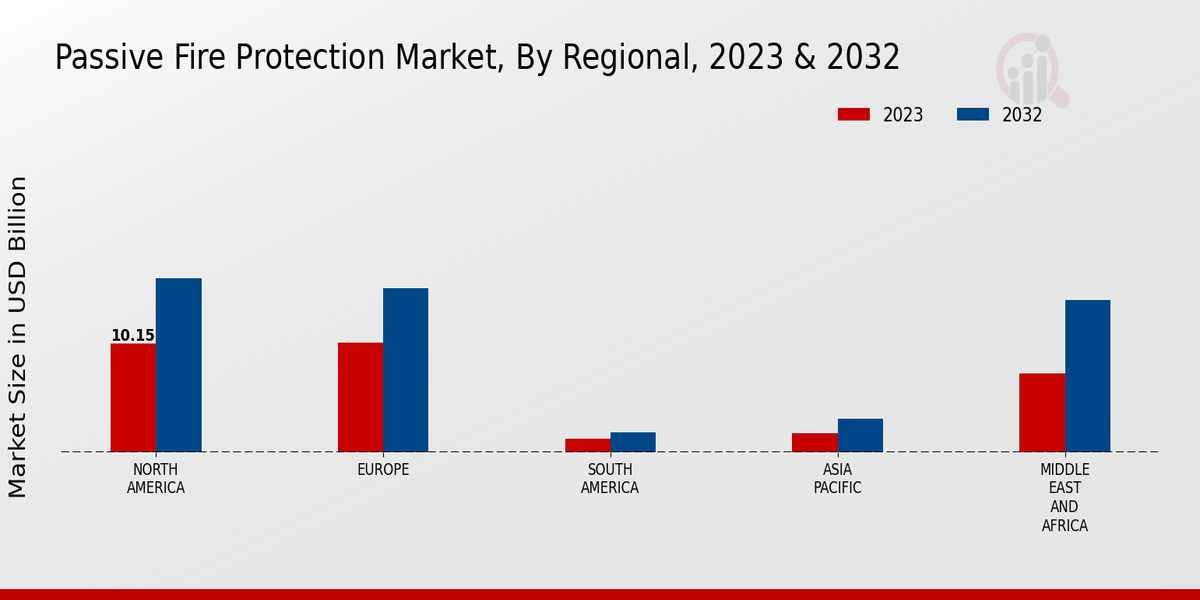Passive Fire Protection Market Summary
The Global Passive Fire Protection Market is projected to grow from 15.83 USD Billion in 2024 to 27.42 USD Billion by 2035.
Key Market Trends & Highlights
Global Passive Fire Protection Key Trends and Highlights
- The market is expected to witness a compound annual growth rate of 4.62 percent from 2025 to 2035.
- By 2035, the market valuation is anticipated to reach 26.0 USD Billion, reflecting substantial growth.
- in 2024, the market is valued at 15.83 USD Billion, indicating a strong foundation for future expansion.
- Growing adoption of passive fire protection systems due to increasing safety regulations is a major market driver.
Market Size & Forecast
| 2024 Market Size | 15.83 (USD Billion) |
| 2035 Market Size | 27.42 (USD Billion) |
| CAGR (2025-2035) | 5.12% |
Major Players
Honeywell, 3M, Tyco, Siemens, Hilti, RPM International, PPG Industries, Johnson Controls, GCP Applied Technologies, SaintGobain, AkzoNobel, BASF, Sherwin-Williams, Sika AG, Tyco International
























Leave a Comment